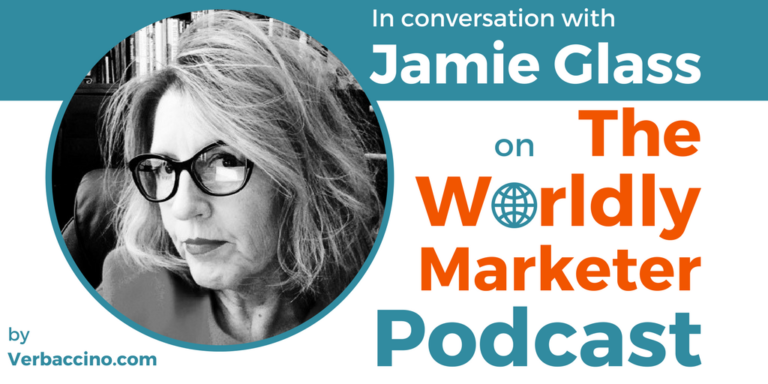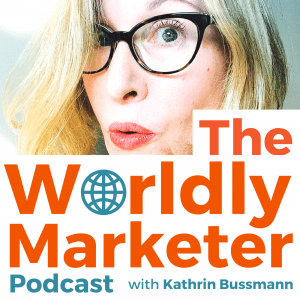 Why It Pays to Hire the Right Experts When You’re Going Global
Why It Pays to Hire the Right Experts When You’re Going Global
Listen here
Favorite Quotes and Shared Insights
EXPERIENCE
TIP: Based on 20 years experience, what works best is when you are a trusted advisor and that comes from really listening, learning and understanding what a business needs and where they want to go.
“My vision is to always work with the CEO, because sitting at the table I’m able to understand what their vision and mission is and then statically advise them on the best way to accomplish that.”
MARKETING
TIP: A good marketer needs to understand all touch point strategies and how communications are being used in representing the brand experience.
“Now marketing goes much further in the process of sales engagement. And that is because there are so many touch points that occur through technology and there are so many channels to use your voice.”
TIP: Digital is changing the world and it’s a global economy so you need to be prepared to have all the conversations, all at the same time, without losing representation of who you are and what you deliver.
“Meet the customer where they expect you to meet them, and this along their journey”
LOCALIZATION
TIP: On the topic of localization, the unsung heroes are translators, project managers and internal localization team members that empower organizations to go global.
“Going global really requires working with people that are creative, strategic, have access to talent, get to know what processes work, align with your technology in the most efficient ways .”
“It is the talent and resources that makes the language services industry so amazing.”
GOING GLOBAL
TIP: Most common pitfall for businesses is they don’t think about being global from the beginning.
“Having to go back and retrofit your products, services, content, communications and strategy is a lot harder than if you had thought it about in the beginning. You can’t assume you are not going to be global.”
“You’ve got to rely on experience to go global.”
TIP: Think and plan your global market strategy with the same precision of how you orchestrate a great campaign.
“Everything that you do in your source language applies as well in a foreign market.”
TIP: Use in-country resources to test your products and services or the competition will eat your lunch!
“The risks are too high. For what you shortcut in your investment to get it right by preparing and planning in advance or relying on the expertise to do it, whatever you shortcut there will shortcut your returns exponentially.”
“Taking shortcuts is the wrong way to get into the c-suite. It is the wrong way to get the attention of the CEO. Don’t make that mistake.”
INNOVATION
TIP: We are in a nano-second world! Speed and agility are critical in marketing success.
TIP: Science, data and technology run the world! Marketers need to be aware and know how to use it to seize the opportunities that are global.
CUSTOMER EXPERIENCE
“The dialogue is the same for the past 20 years, you need to meet the customer at their door. But they way in which we are doing that and the way in which we ensure our services and solutions match their journey and the way we tell our story and where we tell it is changing all the time.”
Podcast
 The Worldly Marketer Podcast is the show that brings you valuable insider perspectives on what it takes to grow your business in today’s global marketplace.
The Worldly Marketer Podcast is the show that brings you valuable insider perspectives on what it takes to grow your business in today’s global marketplace.
Go here to access the series: https://www.verbaccino.com/the-worldly-marketer-podcast/




You must be logged in to post a comment.